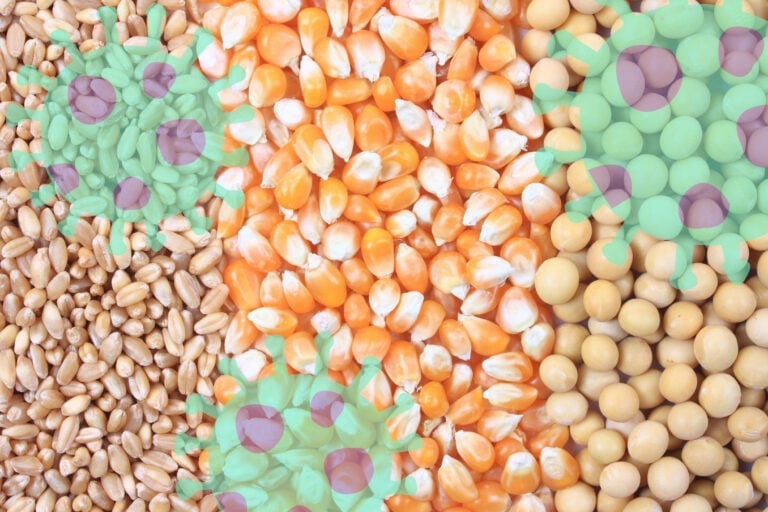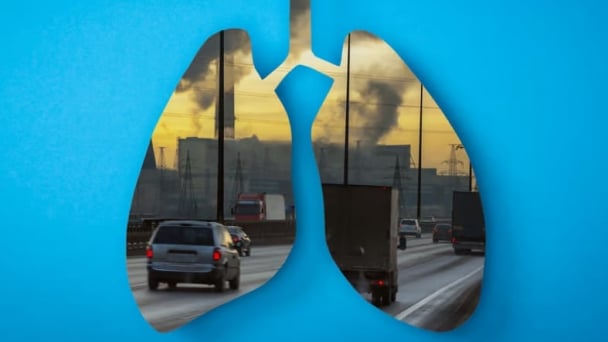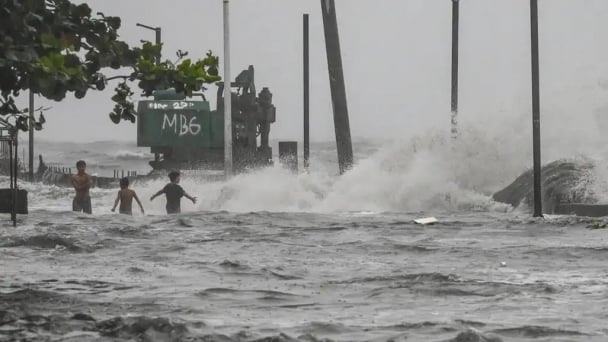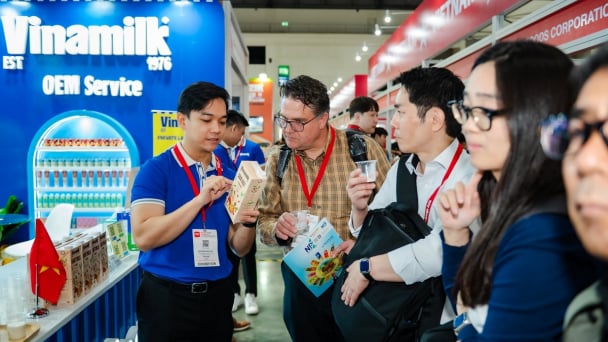June 5, 2025 | 18:24 GMT +7
June 5, 2025 | 18:24 GMT +7
Hotline: 0913.378.918
June 5, 2025 | 18:24 GMT +7
Hotline: 0913.378.918

The findings show that addressing mycotoxin contamination in feed crops such as wheat, maize and soybean is important for achieving sustainable, low-carbon and profitable poultry production. Photo: Canva.
Ground-breaking research from Queen’s University Belfast demonstrates that harmful chemicals in mycotoxins can negatively affect both the environmental and economic sustainability of the global poultry industry by contaminating animal feed.
The researchers found that mycotoxins in feed pose a significant challenge for livestock farmers worldwide. These toxins can substantially reduce profitability, increase food waste, and decrease food production. In poultry, mycotoxin contamination can reduce feed efficiency by up to 10%, potentially resulting in losses of more than £150,000 per year for a medium-scale operation. Additionally, mycotoxins negatively impact bird health, including increased mortality rates.
Economic and environmental impact of mycotoxins
Professor Chris Elliot from the School of Biological Sciences and Institute for Global Food Security at Queen’s University, Belfast, said that while the effects of mycotoxins had been extensively studied, comprehensive research quantifying their combined economic and environmental impacts remains limited.
“This study is extremely significant as it addresses an important research gap by evaluating the potential economic and environmental consequences of the rearing of chickens specifically for meat consumption using mycotoxin-contaminated feeds, a widespread issue globally,” he said.
Elliot added: “The findings show that addressing mycotoxin contamination in feed crops such as wheat, maize and soybean is important for achieving sustainable, low-carbon and profitable poultry production.”
Mycotoxins and carbon footprint of poultry
The study, which saw collaboration from DSM-Firmenich Animal Nutrition and Health and BOKU University, Vienna, and the Austrian Competence Centre for Feed and Food Quality, Safety and Innovation, showed that even very low levels of mycotoxins can increase the carbon footprint of poultry production by more than 8%.
Co-author, Professor Rudi Krska from the School of Biological Sciences and Institute for Global Food Security at Queen’s and BOKU University, added that the study would have a great impact and would likely lead to changes in how the agri-food industry will view low-level mycotoxin contamination.
“These data are of substantial importance to the poultry industry, and we envisage that it will drive economic and environmental sustainability of the world’s most widely consumed animal protein. We believe that farmers, consumers and the planet will all benefit.”
How can we control mycotoxins? What is the mycotoxins risk per region? What is the impact of mycotoxins? Visit All About Feed to learn all about MYCOTOXINS.
The importance of effective and consistent mycotoxin risk management
Dr Gerd Schatzmayr, head of global R&D centres at DSM-Firmenich Animal Nutrition and Health and fellow co-author, said the economic stakes were substantial: “In an era where climate volatility and global trade disruptions increasingly challenge poultry production, the economic stakes are higher than ever.
“This underscores the critical need for safe, science-backed mycotoxin mitigation strategies. Effective and consistent mycotoxin risk management not only supports animal health and welfare but also strengths farm profitability, sustainability and food security.”
(Poultryworld)

(VAN) New research has identified the mechanism by which air pollution damages the lungs’ self-cleaning system, leaving us vulnerable to infection.

(VAN) On June 4 (local time), Deputy Minister of Agriculture and Environment Nguyen Hoang Hiep and the delegation attended the Global Platform for Disaster Risk Reduction (GP2025).

(VAN) UNESCO has officially awarded the Certificate of Recognition designating Lang Son Geopark as a UNESCO Global Geopark.

(VAN) The Food and Agriculture Organization of the United Nations (FAO) has appointed Alue Dohong as Assistant Director-General and FAO Regional Representative for Asia and the Pacific.

(VAN) Reuters, AP News, Washington City Paper and other outlets reported on the recent large-scale agricultural trade cooperation event between Vietnam and the U.S.

(VAN) At Thaifex Anuga Asia 2025, Asia’s leading food and beverage trade show, more than 170 Vietnamese enterprises are participating, with Vinamilk having been a consistent presence for nearly 20 years.